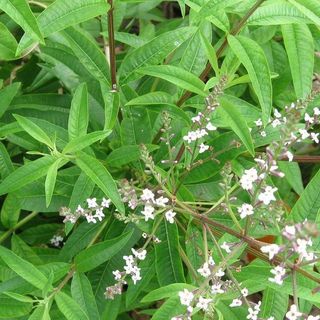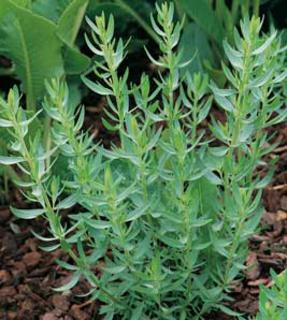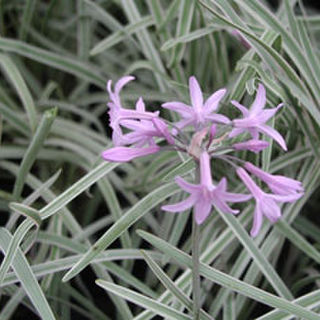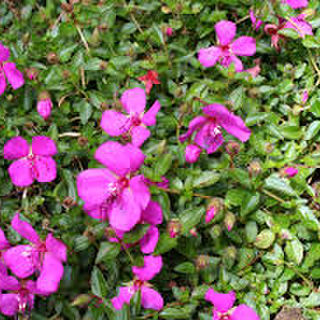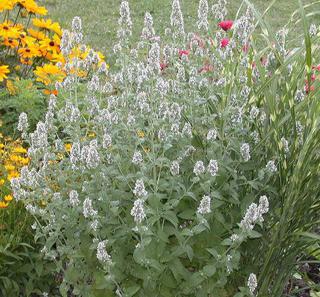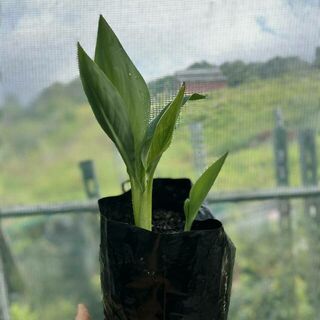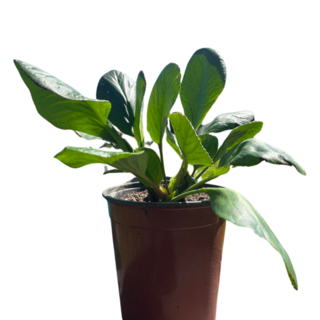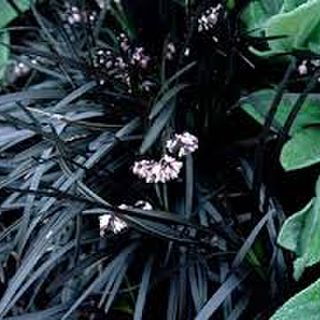- PRNZ Home
- Shop Now
- Bedding Plants
- Bog Plants
- Bromeliads
- Budget friendly plants
- Bulbs
- Climbers and Vines
- Edibles
- Ferns
- Fertilisers/Soil Conditioners
- Food Forest
- Fragrant
- Fruit Nuts Citrus
- Garden Mulches
- Garden & Potting Mixes
- Gifts for Him n Her
- Grasses
- Groundcovers
- Herbs and Veges
- Humhiss Essentials
- Indoor Plants
- Medicinal
- Mothers Day
- Natives
- Palms
- Perennials
- Pots
- Roses
- Seeds
- Subtropicals
- Succulent and Cacti
- Trees
- Wildflowers
- PR Rewards program
- About Us
- Contact Us
- Garden Design
- Gallery
- Subscribe/Login
- Our Blog
- COVID 19 UPDATE
- Delivery & T's n C's
- Swap & Trade Plants
Rosa Banksiae Lutea - Climbing & Rambling Roses
|
|
We don't have any in stock, but more can be . Don't miss out!
Information
The yellow banksia rose, Rosa banksia lutea, has been a favourite with gardeners around the world since it was first grown at Kew Gardens almost two centuries ago. Other roses have come and gone over the years, but this rambler, with its thornless stems and shiny green foliage, has remained a favourite.
One glimpse of it during the two month flowering season, in September and October, and it’s easy to see why it’s so popular. The fluffy, double, butter-yellow flowers are produced in huge numbers, more than making up for the small size of the individual blooms. It looks amazing with wisterias and blue ceanothus or with late flowering red camellias. As a backdrop to lavenders or low growing rosemary varieties such as ‘Lockwood de Forrest’ it creates the romantic feel of a French cottage garden.
Other low growing plants which can be used successfully as a foreground to the yellow banksia rose include Loropetalum ‘China Pink’, which has gorgeous, burgundy red foliage, a year round feature, and deep pink flowers in spring. Just as dramatic is to grow lime green euphorbias and yellow and red and yellow wallflowers close to the yellow banksia rose.
Unlike most other rambling roses, this one is a breeze to keep in bounds because the thornless stems are easily clipped. It can be kept quite compact and with regular pruning will grow flat and dense against a wall or fence, or you can grow it over an archway. Alternatively, it can be allowed to grow in its natural, free spirited style, through a tree or over a shed, in which case all you will have to do is occasionally trim out errant growths. It’s a great plant with which to disguise an unattractive building or water tank, even a big stump, transforming them from unsightly to beautiful.
View your shopping basket or Browse other items in Climbing & Rambling Roses.
|
© Copyright Plant Rescue NZ
- Site map
|
